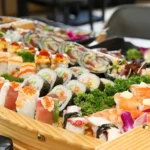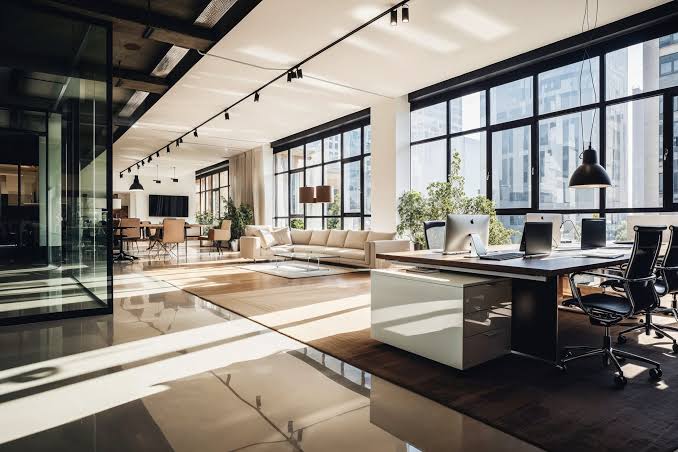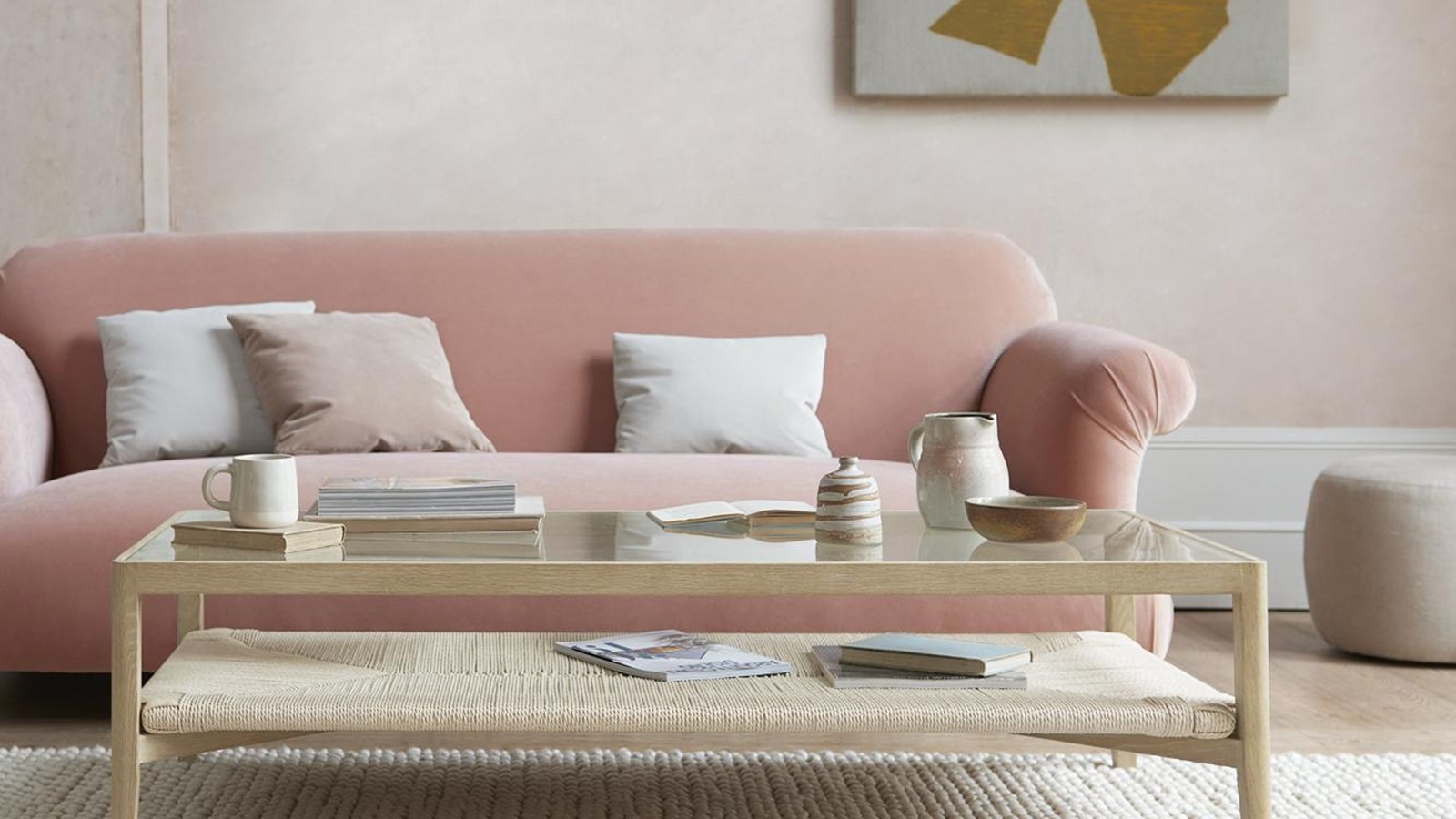Looking forward to improving the productivity and performance of employees in your workplace? Your cafeteria ambiance can be a game-changer.
The cafeteria is one of the most unnoticed yet vital parts of workplace design. Regardless of the office type, the cafeteria plays an extraordinary role in enhancing the environment. You must understand that the office cafeteria is not just where people eat between shifts. It is the place to recharge, collaborate, and take a mental break from the daily grind.
But what does it take to design and construct a comfortable, fully functional, and aesthetically pleasing cafeteria?
Here is where a professional office interior designer plays a significant role. In this blog, let’s see how to choose the right cafeteria design for your working environment and share useful tips and ideas to inspire you.
1. Maximising Space Efficiency in Office Cafeterias for Smooth Collaboration
Space planning is of utmost importance when designing a cafeteria because the available space must be maximally used.
- Open Layouts: An open format might make the space look and feel larger. In other words, there would be more warmth in the area. Choose furniture that is flexible enough to allow rearrangement in order to host several people at once as well as one person at a time.
- Compact Furniture: Furniture like chairs that can be piled up or tables that can be folded are preferred by an office interior designer to maximise space. It ensures that the number of seats arranged does not congest the particular region.
2. Ensure Flexible Seating Options to Cater to Different Needs
Given the field of advertising as a dynamic working environment, the employees have to be allowed some flexibility in the choice of area for work and breaks.
- Booths and Cluster Seating: The booth allows individuals to take a break from work or have small team business meetings. On the other hand, the cluster mode facilitates random conversations among team members.
- High-top Tables and Bar Stools: These are specialised for an informal setting for quick coffee breaks or short catch-ups. Besides, occupational lunchrooms save space and have a more comfortable atmosphere.
3. Incorporating Technology for Utilitarian and Modern Cafeteria Spaces
Today’s employees expect more than just good food. They also require accessibility and easy convenience.
- Charging Stations: Charging ports and power outlets in seats enable people, including the employees, to continue working while they power up.
- Digital Ordering Systems: Touchscreen Kiosks for ordering food or perhaps mobile apps for such purposes will contribute to faster services. It reduces time spent on serving and enhances the overall experience.
4. Implementing Aesthetic Design that Enhances Employee Well-being
Aspects that foster relaxation and rejuvenation will be incorporated into the design of the site to increase its appeal.
- Natural Lighting: Research has revealed natural light enhances mood, and as a result, increases productivity, among others. When choosing the layout, it is preferable to locate the cafeteria near a natural light source.
- Greenery and Plants: Even a couple of indoor plants or a small green wall can be applied to add nature and relieve stress in the middle of work.
5. Eco-Conscious Office Cafeteria Design to Promote Sustainability
Of course, sustainability is not just lip service in today’s offices. It has become a part of corporate culture. Incorporating such changes in the office cafeteria is environment-friendly- something that most employees will find meaningful.
- Reusable Serveware: When catering for a large number, reduce the use of packaged foods by having reusable or biodegradable plates, cups and utensils.
- Energy-Efficient Appliances: Select energy-efficient kitchen appliances and lights to try and minimise the cafe’s carbon dioxide emissions.
6. Craft Cafeteria Zones That Serve Multiple Purposes
To increase the office cafeteria’s functionality, try organising it into functional zones for activities. This segmentation has benefits in controlling the traffic intensity and guaranteeing the multifunctionality of the space.
- Quiet Zones: Set up a few quiet corners for employees who want to unwind, read, or have a peaceful lunch.
- Social Zones: Long tables with many people sitting next to each other create an open and communicative environment which is perfect for team lunch or an unexpected meeting.
7. Incorporating Local Culture Into the Design for a Sense of Belongingness
An office interior designer should also include components that will reflect cultural and community aspects of the region.
- Artwork from Local Artists: The idea of putting locally made art on the cafeteria is a creative way of spicing up the cafeteria and potentially being a favourite of the employees.
- Regional Cuisine: Introduce food that is good for local production and would remind workers of homes.
8. Creating a Comfortable Environment for Nurturing Creativity
An office cafeteria must inspire ease so that employees find a comfortable spot to spend time.
- Soft Furnishings: Some of the recommendations are soft comfortable chairs, cushions and warm bulbs to give the aspect of a more relaxed cafeteria.
- Colour Psychology: You should select colours that create a form of creativity and comfort where one is composed enough to do his or her work best, such as light blue and green.
9. Maintaining Cleanliness in Shared Spaces for Utmost Hygiene
The office cafeteria should not only be eye-pleasing but also free from harm to those within its premises.
- Sanitising Stations: Introduce hand washing points at the entrance and common areas to ensure hygiene is maintained.
- Long Lasting Components: Select materials that can endure heavy use and can be easily cleaned, like stainless steel countertops and wipeable tables.
Cafeteria Inspiring Productivity and Connection
A few steps can go a long way when crafting an ideal office cafeteria for employees. Thus, using the abovementioned ideas, you can design a cafeteria that will not only be functional for the employees but also healthy for them.







